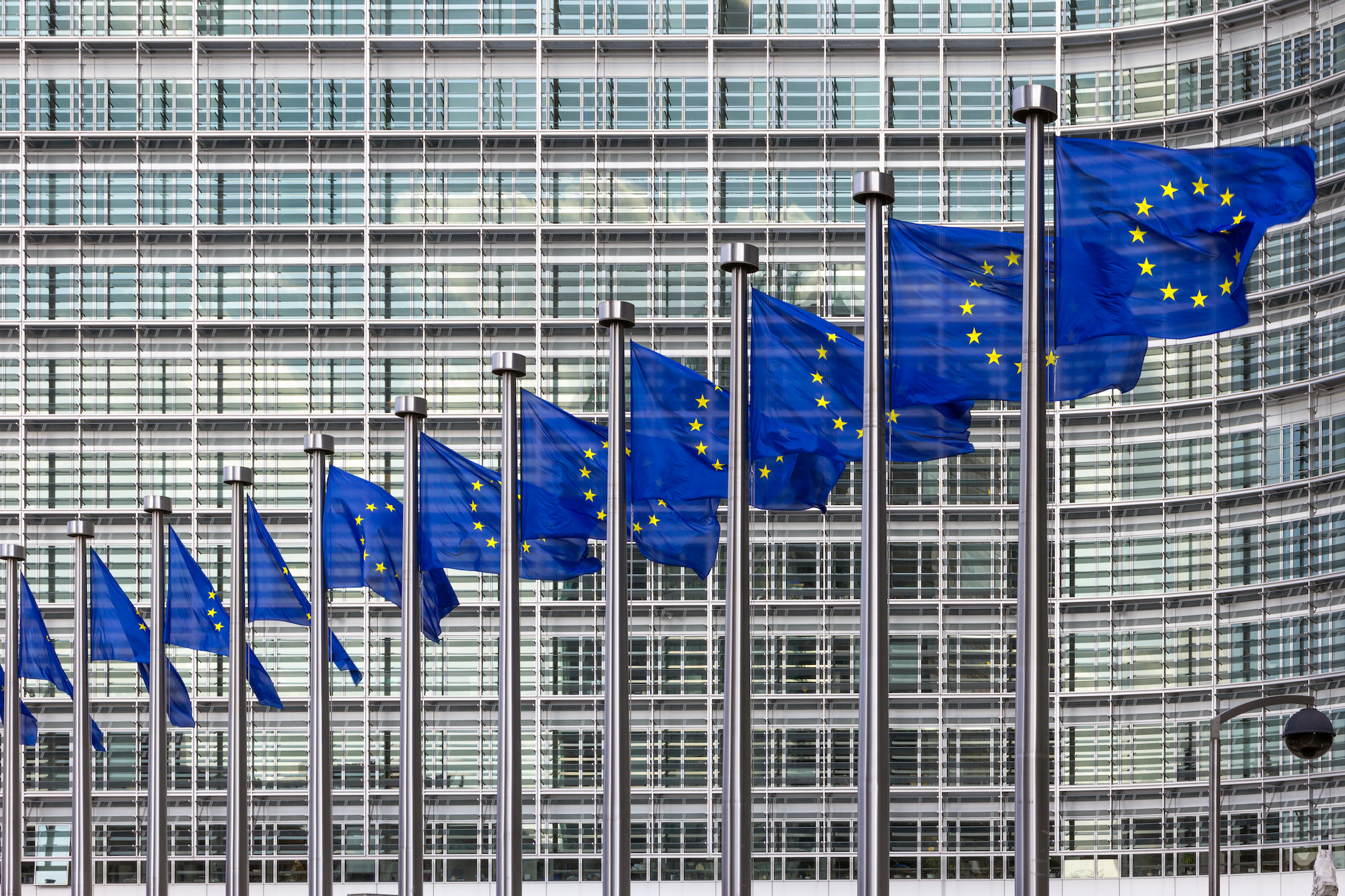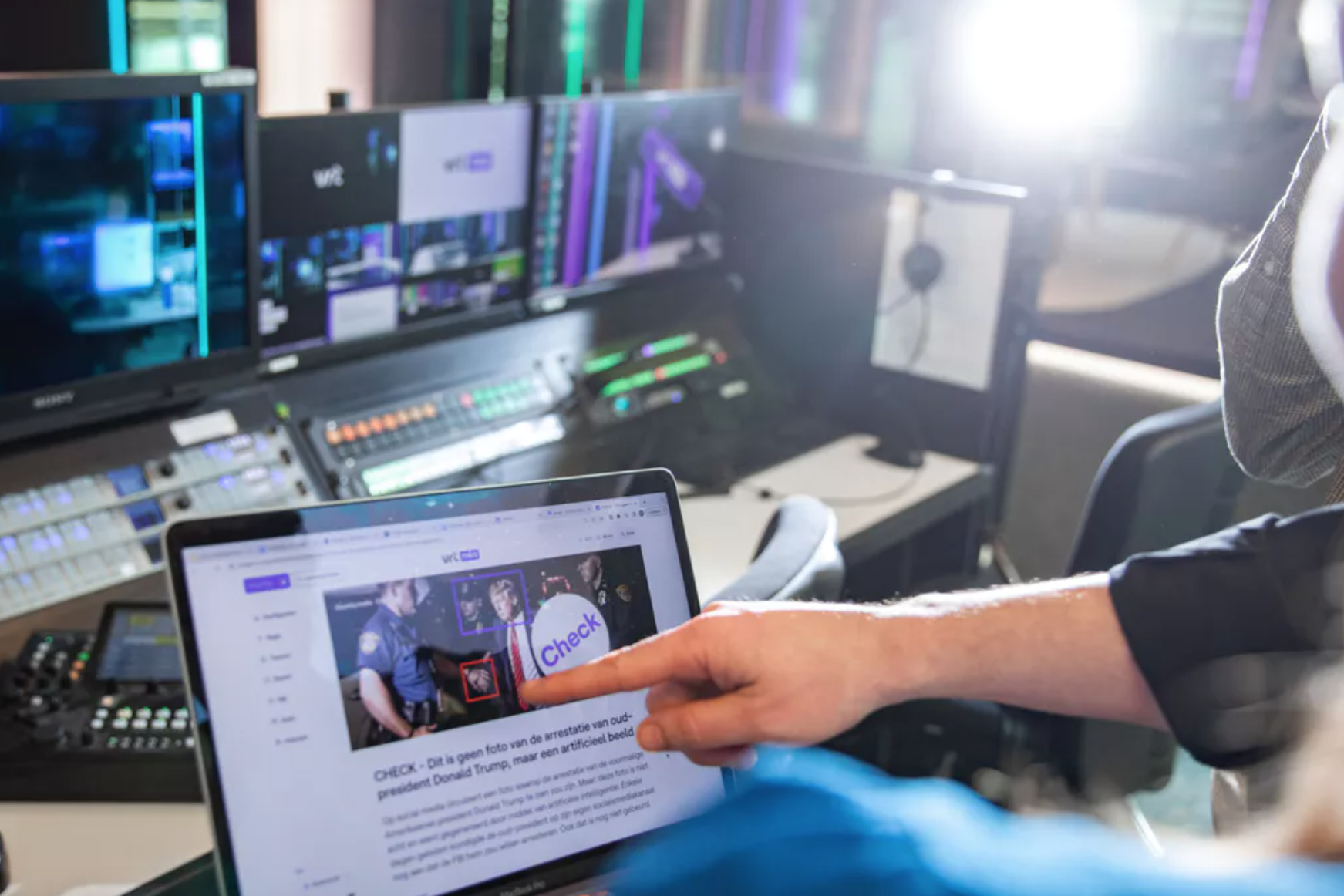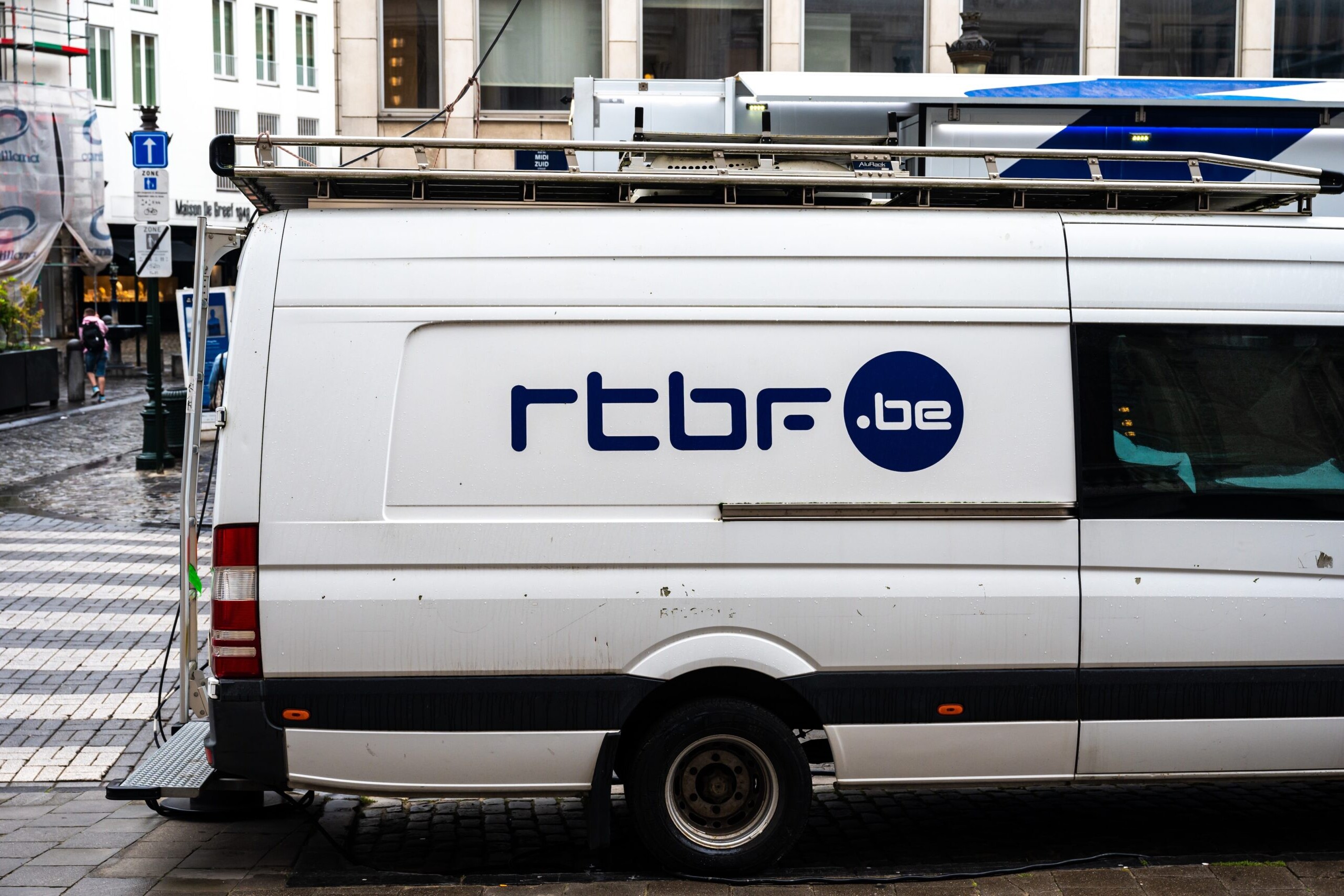PMA MEMBERS’ EXCLUSIVE
This is an exceptional year, with almost half of the world’s population voting, or due to vote. For public media, elections are critical in terms of fostering an informed citizenry, capable of fulfilling their democratic duty. But in this era of digital disruption, changing consumption habits, and news avoidance, public media have the added challenge of finding ways to inform the younger generations, who will be voting for the first time.
In July, the Public Media Alliance hosted a roundtable of members to discuss public media strategies when it comes to informing younger audience in times of elections. On this occasion, Mehdi Khelfat, The Head of News for New Generations Audiences at the RTBF, described their new strategy.
This year, Belgium has held national, regional and European elections, all of which were pivotal for RTBF, which was having to prove its relevance to young audiences and demonstrate how to engage with them and introduce them to the democratic process and their role of citizen.
A very important year
The elections that took place on 9 June 2024 in Belgium were exceptional as it was the first time that 16- and 17-year-olds were able to cast their votes for the European elections, bringing more than 200,000 young voters to the polls.
Explore: Previous PSM Unpacked summaries
For the public broadcaster, this represented a great challenge as they had to produce content for different youth generations. As well as engaging with different types of audience, it was also the very first time that the RTBF had put in place a specific election media strategy entirely dedicated to young people. The “New Generation Audiences” team’s efforts were rewarded by a real enthusiasm for the various concepts they have developed.
WATCH: Mehdi Khelfat, Head of News for New Generations Audiences at RTBF, presenting during PSM Unpacked
“Every vote counts” : informing all generations
Under the header “Every vote counts”, RTBF put in place an ambitious election programme targeted at youth. They developed a strategy extended to the web, social media, television and radio. This strategy revolved around three general issues: What are the basics when voting? What concern young people? And finally creating a contact between politicians and young people so they can face up to the concerns of young citizens. Rather than inventing brand-new programmes dedicated to the elections, the ‘New Generation Audiences’ teams developed content adapted to the programmes and shows to which young people were already accustomed.
Mis à jour (Updated)
The TikTok channel of the RTBF that provides rich and diversified content, informing teenagers on national and international issues, pop culture and even breaking news was also put to good use. Concepts related to the elections, democracy and society were explained in short clips of 2 minutes and shared on the platform. Millions of views and thousands of comments on TikTok and Instagram showed the success of these reels. These clips were also made available to teachers.
Let’s talk Polikids; Politics is not only for old people.
Beyond informing just those eligible to vote, RTBF also thought about including much younger children in this election process, in order to teach them what a democratic society is and how it works, and also to explain their future role in it. The public broadcaster launched “Let’s talk Polikids”, a sequence in the children news programme “Les Niouzz”, to create civic engagement and explain the elections in a humorous and colourful way.
Another project to show that politics concerns everyone in society, the public broadcaster brought children and their grandparents together, to create a trans–generational dialogue about societal issues central to the different political parties’ campaigns.
New interactive tools
The RTBF developed several interactive tools to give young people an idea of what each political party is proposing and where they stand.
The PolitiqueSwipe: the political compass
“PolitiqueSwipe is the Tinder of political ideas”. This web test of 35 questions was a new version of the electoral test, designed by journalists in collaboration with two universities. Inspired by the famous dating app, Tinder, users answered a series of questions by ‘swiping’ to gain a better understanding of the issues involved in each question and then discover the parties that ‘match’ their ideas. Once the questionnaire was completed, it revealed which party aligned most with their answers.
Polipocket: who is who?
This card game, inspired by the Pokemon playing cards, summarised the six main political parties in Wallonia. These cards contained information on the parties, such as their leaders, their policies and philosophies. These cards were drawn and explained by the RTBF journalists in short clips posted on social media.
A ticket for Europe
One of the most ambitious projects of this election media strategy, was to make young people understand the European Union. To do that, in the run-up to the 2024 European elections, eight young Belgians were sent to different ‘mystery’ destinations somewhere in the EU. While staying there, they were confronted with the political issues of the country and discussed the questions that concerned them the most. The aim of this project was to bring proposals to politicians, who the young people faced on their return, during the prime-time European candidates’ debate at the European Parliament.
Meeting the younger generation
A very important aspect of the RTBF’s work with young people during the electoral campaign, was to get in touch directly with them. The operation “Balance ton son” (Balance your sound) did exactly that. 100 RTBF employees of all profiles went to meet teenagers of 16- to 18-years-old in 50 different schools across Belgium, to understand and listen to their ideas and concerns. The youth digital media, Tarmac, wanted to give young people a chance to share their passions, the difficulties they are going through, how they cope with them and what their vision of the world was.
In the same vein, the digital media used its shows “Tarmac@School” to create a youth-oriented social debate with young people from five schools. The five shows were broadcast on radio and the different mediums and platforms of the public broadcasters.
The teams of the RTBF also went to meet people who had things to say without wanting to be seen, with content shared on social media under the name “The Hood”. This allowed people to express themselves anonymously.
To bring politicians face to face with young people and their concerns, different shows were created. On Tarmac, with « C’est quoi les bails? » (What’s the Bails ?), journalists from the RTBF received representatives of the six French-speaking parties for one hour. The goal was to question them on subjects that concern the youth, and challenge them on the concerns of young Belgians, from mental health to purchasing power, world conflicts and the environment.
Politicians were also challenged to answer teenagers’ questions under pressure… facing rapid questions while being in a rollercoaster.
The Discussion: Social media, the platforms to reach and engage with younger generations
The need for a youth media strategy for the elections seemed essential in light of the enormous issues facing young people in Belgium and Europe. It was also essential to figure out how to reach this generation, which does not use the same information channels as older generations. But above all, the challenge was to find a way of attracting the attention of these young people, amidst all the other entertainment content.
The content created by RTBF’s small team dedicated to the younger generation has been a huge success, with millions of views and thousands of comments and reactions.
What this round table highlighted was the need to diversify content formats, to listen to what young people have to say and what tools they use to get information. But above all, a significant aspect of this media campaign was the importance of creativity and experimentation. Successful formats, such as the Polipockets and short clips explaining the various concepts surrounding elections and democracy in a playful way, have met the interest of schools. In this way, the RTBF is also fulfilling its public service mission by linking up with education.
Header image: Two teenage girls with phones in their hands are sitting at home on bed. Social Media tiktok is loaded on screen. Credit: Luiza Kamalova / Shutterstock.com
Related Posts
3rd April 2024
VRT NWS is launching a fact-check marathon in the run-up to elections
With the approaching parliamentary and…
27th June 2023
“More than a tool”: RTVE uses AI tech to cover local elections
RTVE is revolutionising its approach to…



